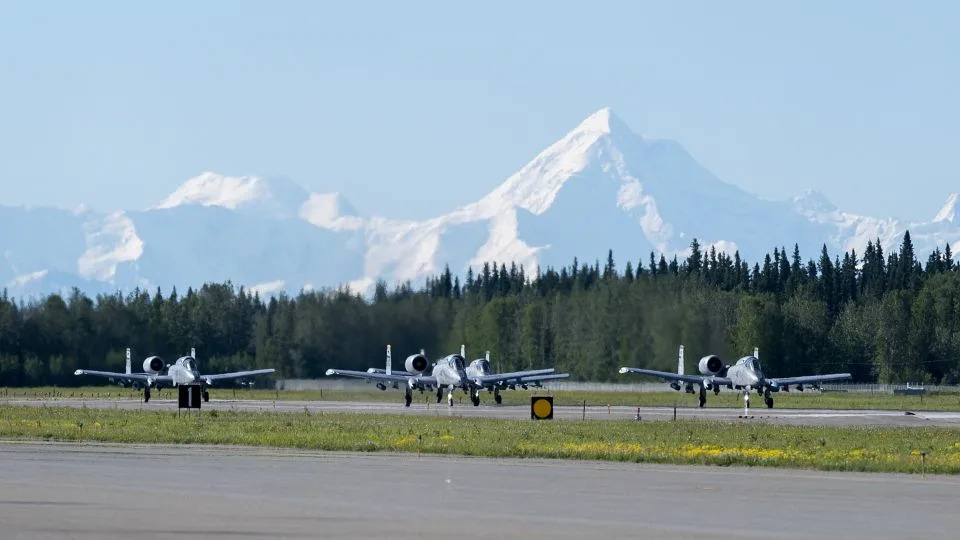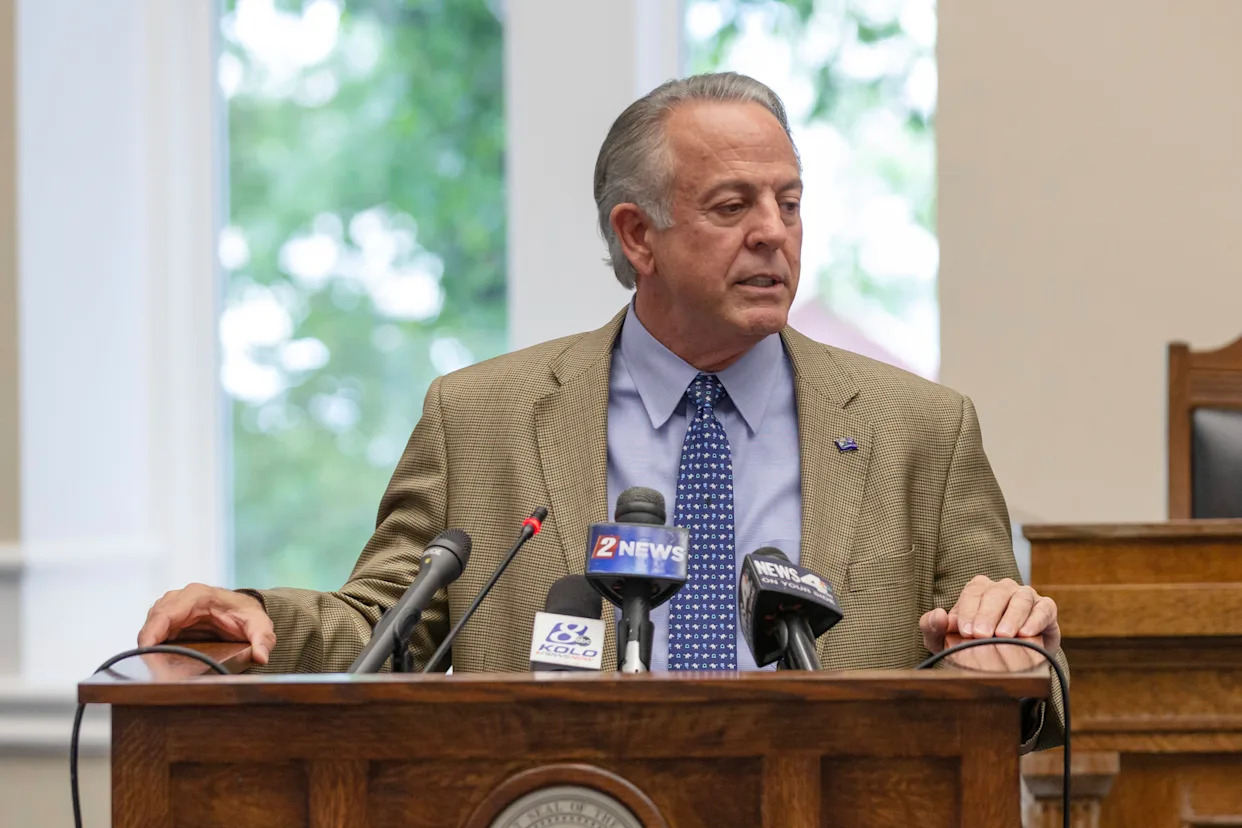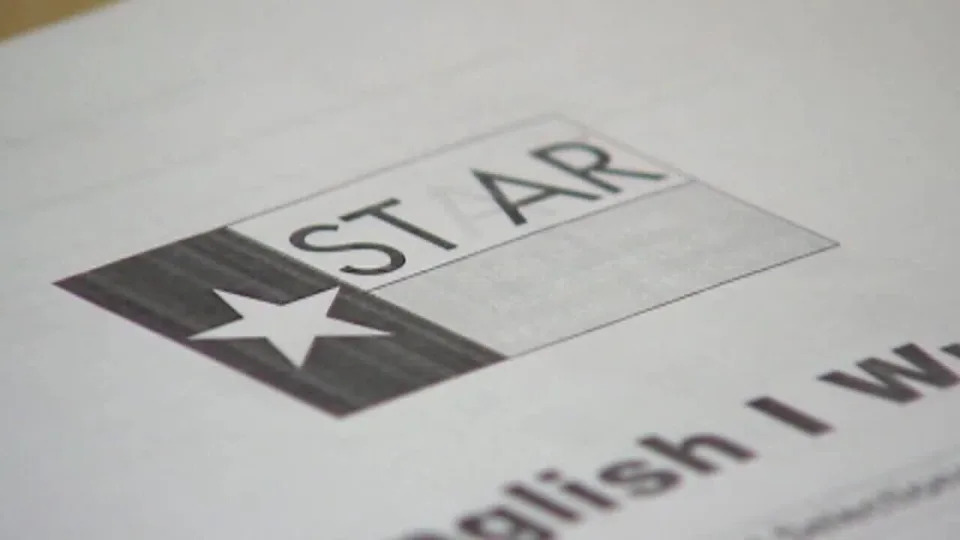A US Air Force F-35 pilot spent 50 minutes on an airborne conference call with Lockheed Martin engineers trying to solve a problem with his fighter jet before he ejected and the plane plunged to the ground in Alaska earlier this year, an accident report released this week says.
The January 28 crash at Eielson Air Force Base in Fairbanks was recorded in a video that showed the aircraft dropping straight down and exploding in a fireball. The pilot ejected safely, suffering only minor injuries, but the $200 million fighter jet was destroyed.
An Air Force investigation blamed the crash on ice in the hydraulic lines in the nose and main landing gears of the F-35, which prevented them from deploying properly.
According to the report, after takeoff the pilot tried to retract the landing gear, but it would not do so completely. When lowering it again, it would not center, locking on an angle to the left. Attempts to fix the landing gear caused the fighter jet to think it was on the ground, ultimately leading to the crash.
After going through system checklists in an attempt to remedy the problem, the pilot got on a conference call with engineers from the plane’s manufacturer, Lockheed Martin, as the plane flew near the air base. Five engineers participated in the call, including a senior software engineer, a flight safety engineer and three specialists in landing gear systems, the report said.

The pilot then tried two “touch and go” landings, where the plane briefly lands, to try to straighten out the jammed nose gear, the report said.
But those attempts failed to recenter the nose wheel and resulted in both the left and right main landing gears freezing up and not being able to extend fully to attempt an actual landing.
At that point, the F-35’s sensors indicated it was on the ground and the jet’s computer systems transitioned to “automated ground-operation mode,” the report said.
This caused the fighter jet to become “uncontrollable” because it was “operat(ing) as though it was on the ground when flying,” forcing the pilot to eject.
An inspection of the aircraft’s wreckage found that about one-third of the fluid in the hydraulic systems in both the nose and right main landing gears was water, when there should have been none.
The investigation found a similar hydraulic icing problem in another F-35 at the same base during a flight nine days after the crash, but that aircraft was able to land without incident.
The report notes Lockheed Martin had issued guidance on the problem the F-35’s sensors had in extreme cold weather in a maintenance newsletter in April 2024, about nine months before the crash. The problem could make it “difficult for the pilot to maintain control of the aircraft,” the guidance said.
The temperature at the time of the crash was -1 degree Fahrenheit, the report said.
It said if the conference call participants had referenced the 2024 maintenance newsletter, “they likely would have advised a planned full stop landing or a controlled ejection instead of a second touch-and-go” that eventually led to the conditions that caused the crash, the report said.
CNN has reached out to Lockheed Martin for comment on the Air Force report.
The Air Force’s Accident Investigation Board concluded that “crew decision-making including those on the in-flight conference call,” lack of “oversight for the hazardous material program,” which oversees storage and distribution of the hydraulic fluid, and not properly following aircraft hydraulics servicing procedures, all contributed to the crash.
For more CNN news and newsletters create an account at CNN.com







Comments